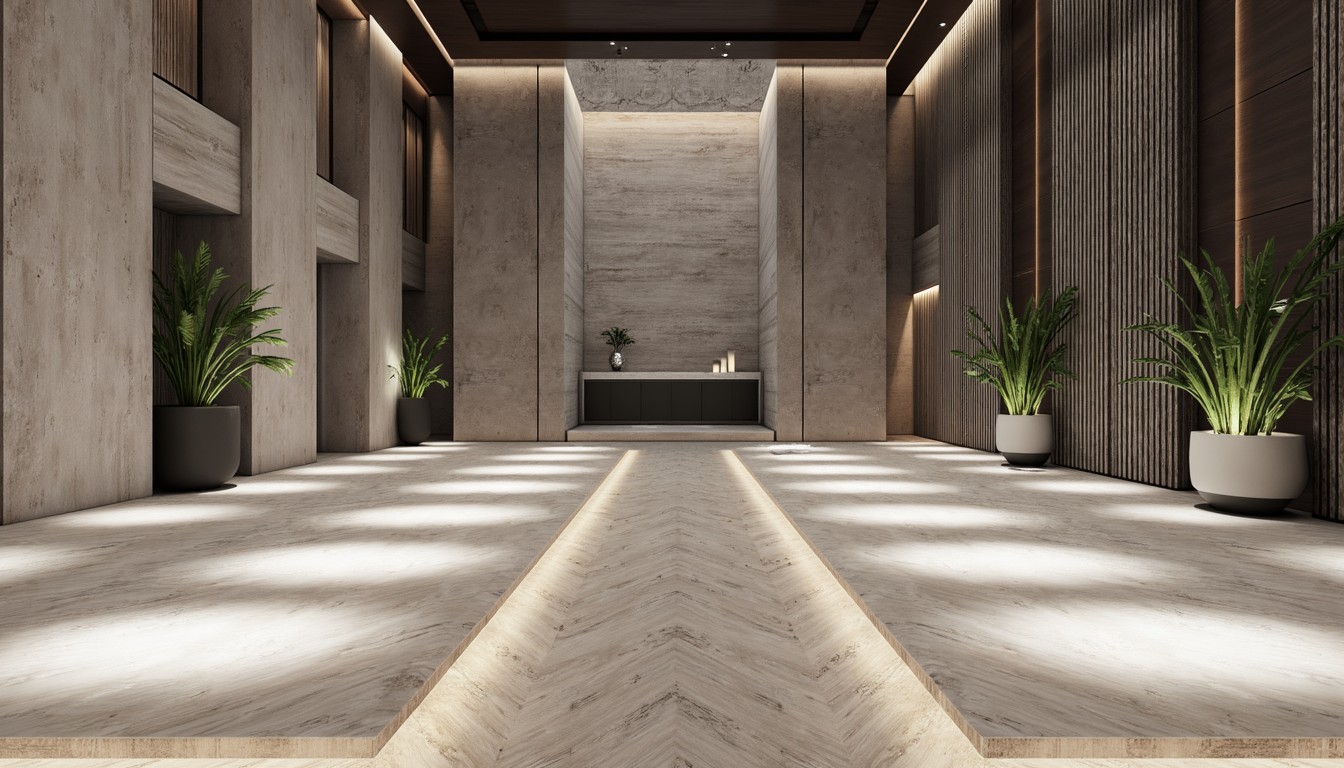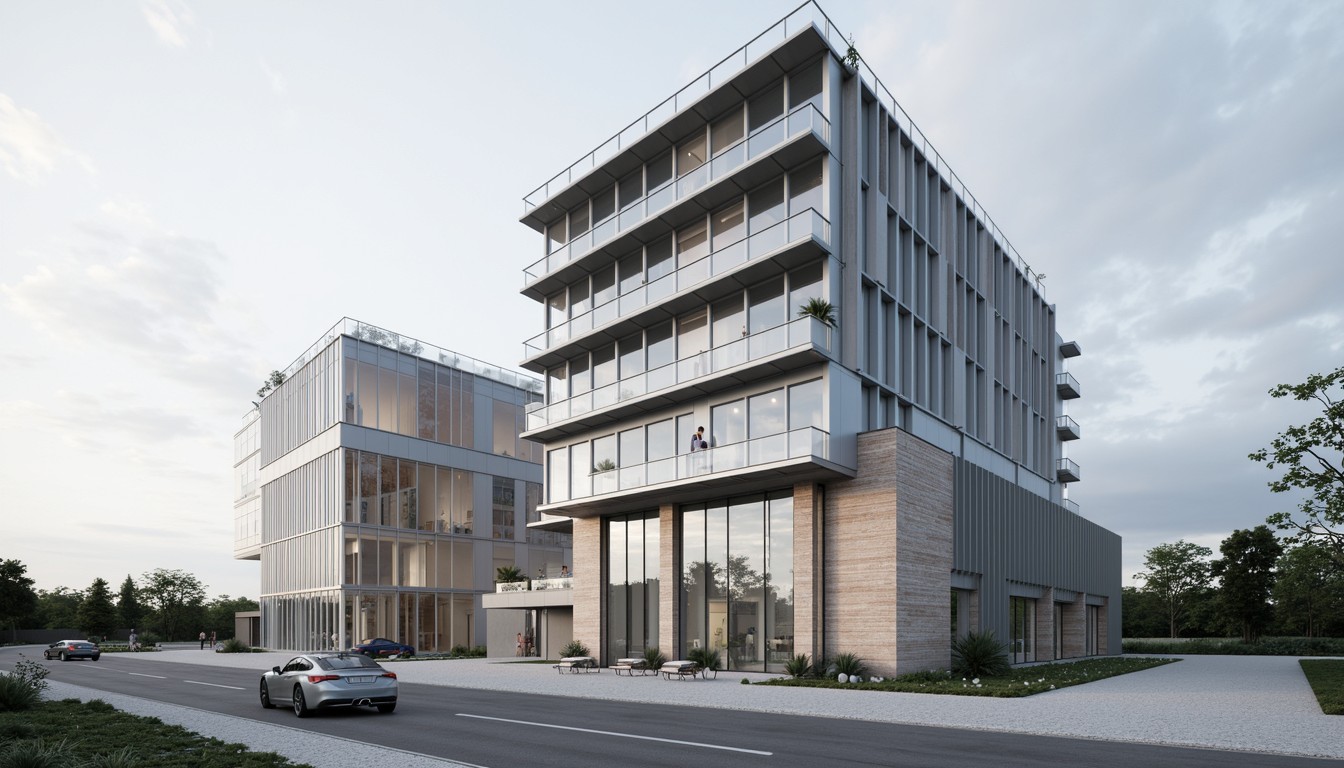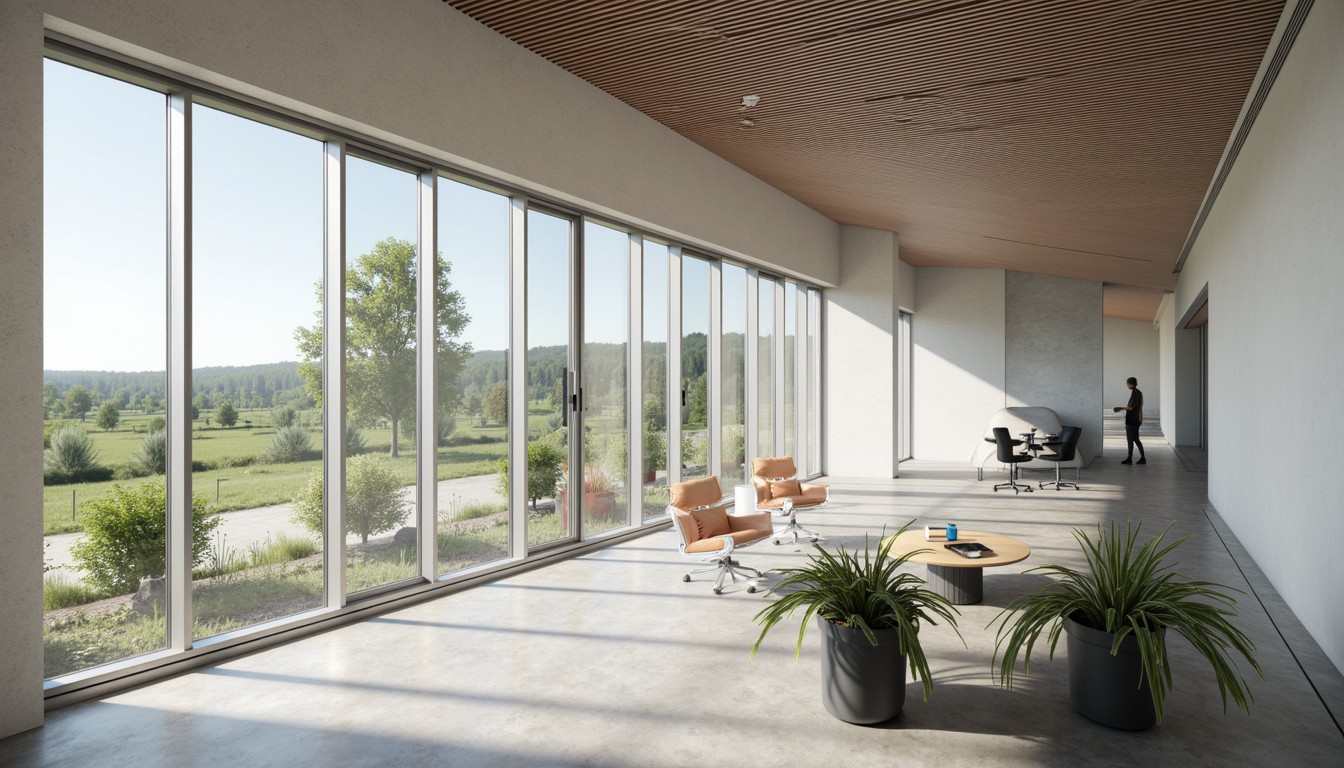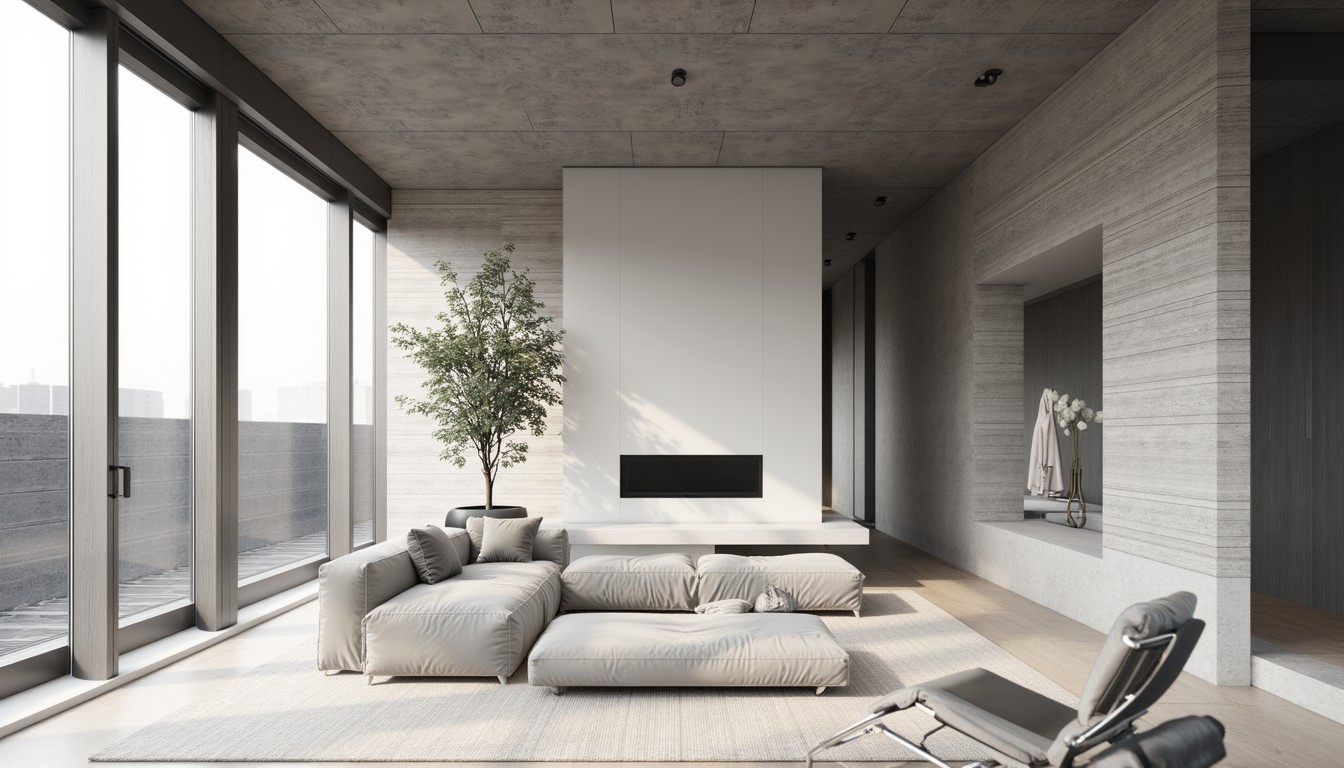3D Printing in Construction: Building the Future
The construction industry, known for its traditional methods and slow pace of innovation, is undergoing a seismic shift. At the forefront of this revolution is 3D printing, a technology that's rapidly transforming how we design, build, and inhabit our spaces. From creating intricate architectural details to constructing entire buildings, 3D printing offers unprecedented possibilities, promising a future of faster, cheaper, and more sustainable construction.
The Rise of Additive Manufacturing in Construction

Additive manufacturing, or 3D printing, in construction involves depositing layers of material—concrete, mortar, plastic, or even earth—to build three-dimensional structures. Unlike traditional subtractive methods, where material is removed to create a shape, additive manufacturing builds up the structure layer by layer, offering unparalleled design freedom and efficiency. This technology is no longer confined to prototyping; it's now being used to construct real-world structures, showcasing its potential to revolutionize the industry.
Types of 3D Printing Technologies in Construction
Several 3D printing technologies are employed in construction, each with its own advantages and limitations:
- Extrusion-based 3D printing: This method uses a nozzle to extrude a material, layer by layer, according to a digital design. It's commonly used with concrete and other cementitious materials.
- Binder jetting: This process uses a binding agent to join particles of material, like sand or powder, creating a solid structure. This technique is suitable for creating complex geometries.
- Vat polymerization: This method uses a UV light source to cure resin, layer by layer, building up a three-dimensional object. While less common in large-scale construction, it's valuable for creating intricate architectural details.
Benefits of 3D Printing in Construction

The benefits of 3D printing in construction are numerous and far-reaching:
- Increased Speed and Efficiency: 3D printing significantly reduces construction time, accelerating project completion and minimizing labor costs.
- Reduced Material Waste: Additive manufacturing uses only the necessary material, minimizing waste and promoting sustainability. This is a crucial advantage in an industry with a significant environmental footprint.
- Cost Savings: By reducing labor, material waste, and construction time, 3D printing can lead to substantial cost savings across various projects.
- Enhanced Design Freedom: The technology allows for the creation of complex and intricate designs that would be impossible or prohibitively expensive with traditional methods. This opens up new possibilities for architectural innovation.
- Improved Safety: On-site construction can be dangerous. 3D printing reduces the need for manual labor on the construction site, minimizing risks for workers.
- Sustainable Construction: 3D printing can incorporate recycled materials and reduce the carbon footprint of construction through material optimization and reduced transportation needs.
Real-World Applications of 3D Printed Construction
3D printing is no longer a futuristic concept; it's being implemented in various real-world projects:
- Residential Housing: Companies are building entire houses using 3D printing, offering affordable and sustainable housing solutions.
- Infrastructure Projects: From bridges to retaining walls, 3D printing is being used to create durable and cost-effective infrastructure components.
- Architectural Details: Intricate facades, decorative elements, and customized features are being 3D printed to enhance the aesthetic appeal of buildings.
- Disaster Relief: 3D printing can rapidly create shelters and temporary structures in disaster-stricken areas.
Challenges and Future Trends

Despite its immense potential, 3D printing in construction faces certain challenges:
- Scalability: Scaling up 3D printing for large-scale projects requires further technological advancements and infrastructure development.
- Material Limitations: The range of printable materials is still limited, hindering its application in various construction scenarios.
- Regulatory Hurdles: Building codes and regulations need to adapt to accommodate this emerging technology.
- Skill Gap: A skilled workforce is needed to operate and maintain 3D printing equipment and understand its applications.
Future trends include the development of new printable materials, improved printing speeds, and the integration of artificial intelligence and robotics to further optimize the process. We can expect to see increasingly sophisticated and large-scale applications of 3D printing in the years to come.
ArchNav: Your Partner in Visualizing the Future of Construction
At ArchNav, we understand the transformative potential of 3D printing in construction. Our cutting-edge architectural visualization services allow you to explore and communicate the possibilities of this technology, helping you design, plan, and present your projects with unparalleled clarity and precision. We leverage the latest software and techniques to create photorealistic renderings, virtual tours, and interactive models, enabling you to visualize your 3D-printed structures before they are even built. Contact us today to learn how ArchNav can help you build the future.
